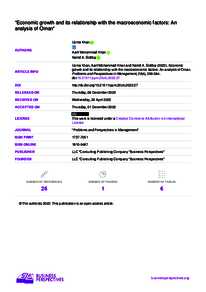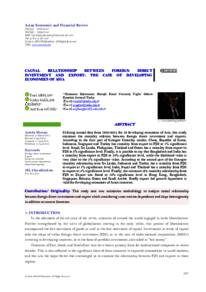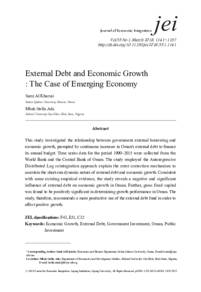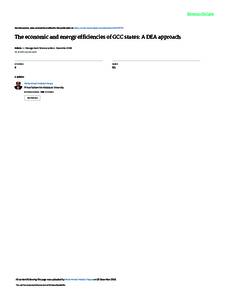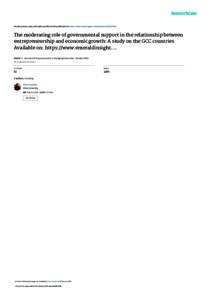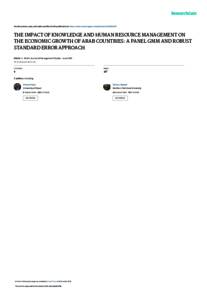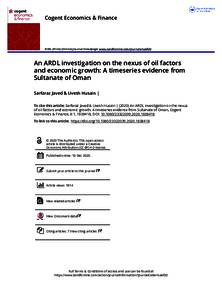Document
Economic growth and its relationship with the macroeconomic factors : an analysis of Oman.
Identifier
DOI: 10.21511/ppm.20(4).2022.27
Source
Problems and Perspectives in Management. v. 20, 4, p. 356-364
Contributors
Khan, Aarif Mohammad., Author
Siddiqi, Nahid A., Author
Country
Ukraine
Publisher
LLC CPC Business Perspectives.
Gregorian
2022-01-01
Language
English
English abstract
This study determines Oman's most important macroeconomic factors between 1990 and 2019. The ARDL bound test findings for co-integration show that both long and short runs exist. The error-correcting mechanism further states that when the divergence from long-run equilibrium is rectified at an adaptation speed of 78.9%, it signals an inversion to a long-run stable state. In response to a change in the previous year's economic growth, the final consumption expenditure indicates a rise of 0.472; the gross fixed capital formation and export indicate hikes of 0.149 and 0.358 at a 1% significance level. Additionally, the findings of co-integration regression using fully modified ordinary least square (FMOLS), dynamic ordinary least square (DOLS), and canonical co-integration regression (CCR) were used to strengthen and validate the results that export ranks first in Oman, followed by final consumption spending. Therefore, export, gross fixed capital formation, and final consumption expenditure are vital macroeconomic elements supporting Oman's economic development.
ISSN
1727-7051
Category
Journal articles

